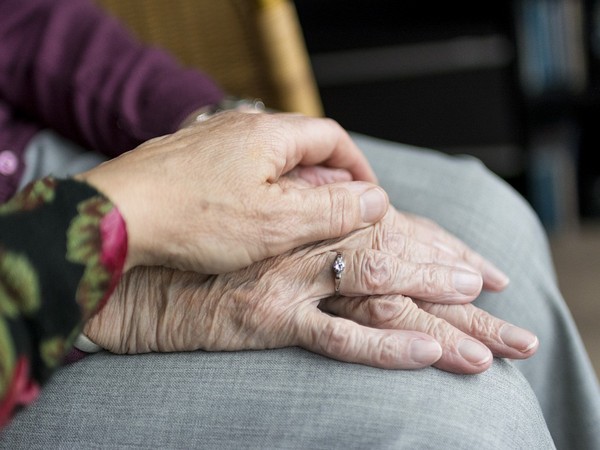

The circadian clock, which controls many physiological processes such as the sleep-wake cycle, hormone production, and metabolism, is a highly calibrated clock synced to the 24-hour cycle of Earth’s rotation.
In a recent study, Felix Naef at EPFL revealed the architecture of tissue-specific gene expression rhythms in humans, shedding light on how our body clocks are affected by sex and age.
In model organisms, molecular rhythms are typically studied using time-stamped measurements; however, such data are not commonly available in humans.
To work around this, the researchers used existing measurements from a large cohort of post-mortem donors, combined with a novel computer algorithm designed to assign internal clock times to nearly one thousand donors.
“Interestingly, the data-science algorithm we developed turned out to resemble models from magnetic systems, which are well studied in statistical physics,” says Felix Naef. Using this innovative approach, the researchers obtained the first comprehensive and accurate whole-organism view of 24-hour gene expression rhythms in 46 human tissues.
The study found that the core clock machinery properties are conserved across the body and do not change significantly with sex and age. On the other hand, the analysis revealed extensive programs of gene expression rhythms across significant metabolism compartments, stress response pathways and immune function, and these programs peaked twice a day.
In fact, the emerging whole-body organization of circadian timing shows that rhythmic gene expression occurs as morning and evening waves, with the timing in the adrenal gland peaking first, while brain regions displayed much lower rhythmicity compared to metabolic tissues.
Dividing the donors by sex and age revealed a previously unknown richness of sex- and age-specific gene expression rhythms spread across biological functions. Strikingly, gene expression rhythms were sex-dimorphic (different in males and females) and more sustained in females, while rhythmic programs were generally reduced with age across the body.
Sex-dimorphic rhythms – referring to the differences between males and females – were particularly noticeable in the liver’s “xenobiotic detoxification”, the process by which the liver breaks down harmful substances. Additionally, the study found that as people grow older, the rhythm of gene expression decreases in the heart’s arteries, which may explain why older people are more susceptible to heart disease. This information could be useful in the field of “chronopharmacology,” which is the study of how a person’s internal clock affects the effectiveness and side effects of medication.
This study provides new insights into the complex interplay between our body clock, sex, and age. By understanding these rhythms, we might find new ways of diagnosing and treating pathologies such as sleep disorders and metabolic diseases.